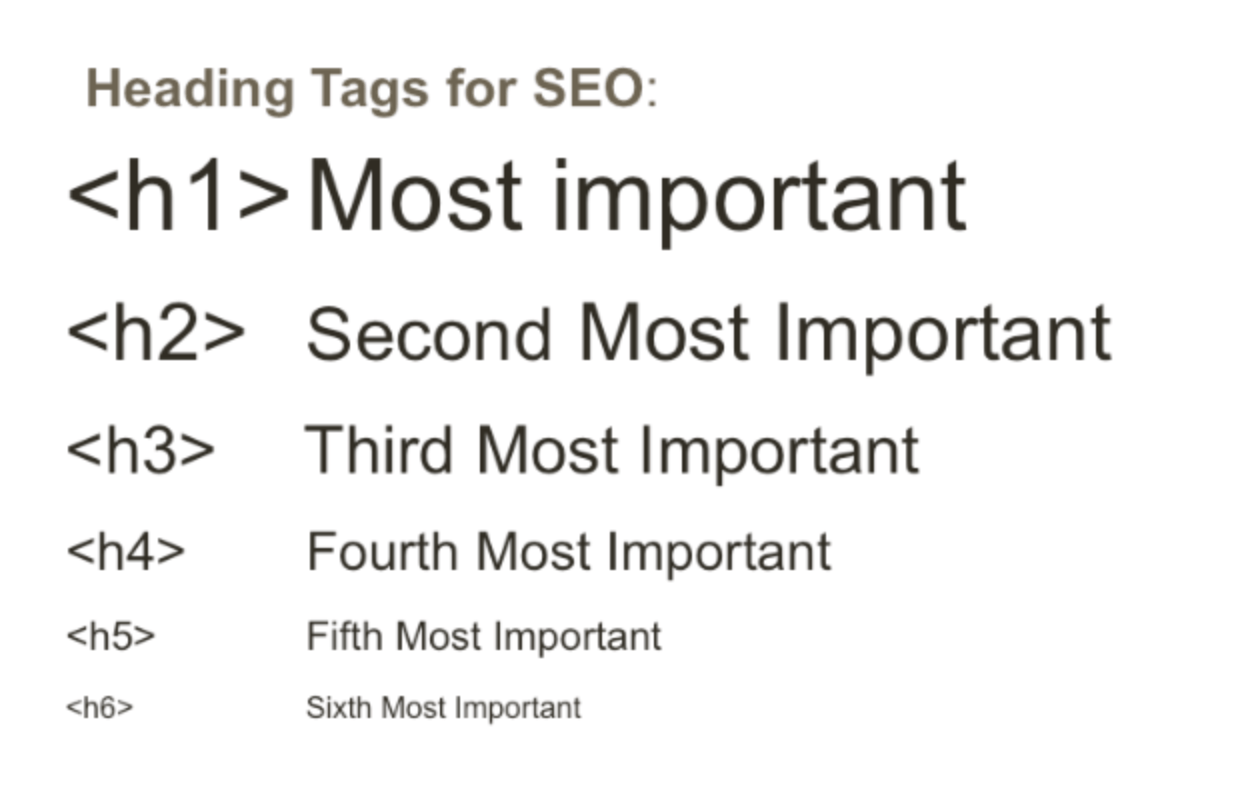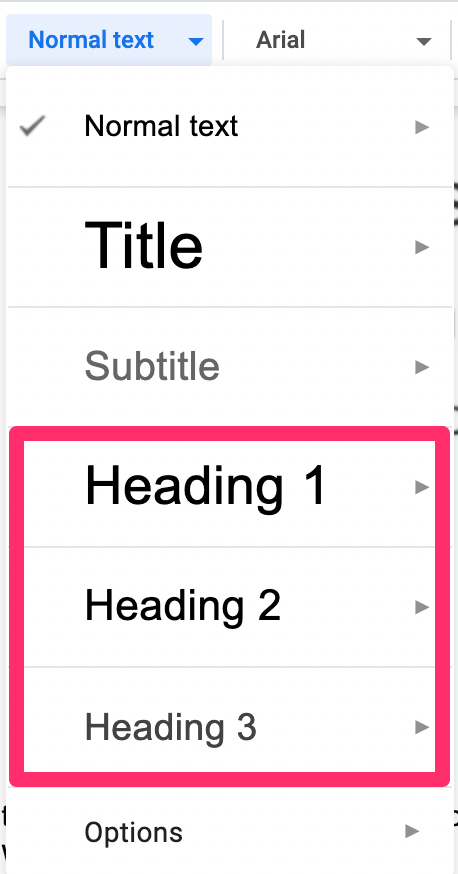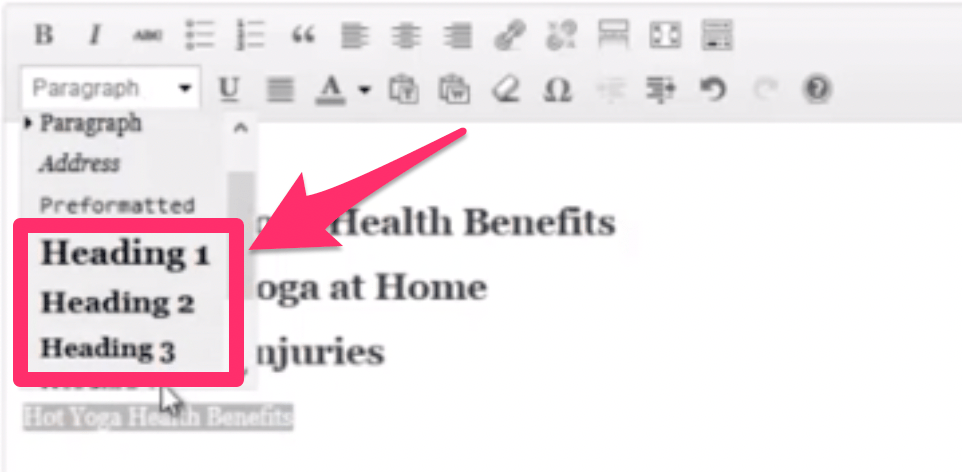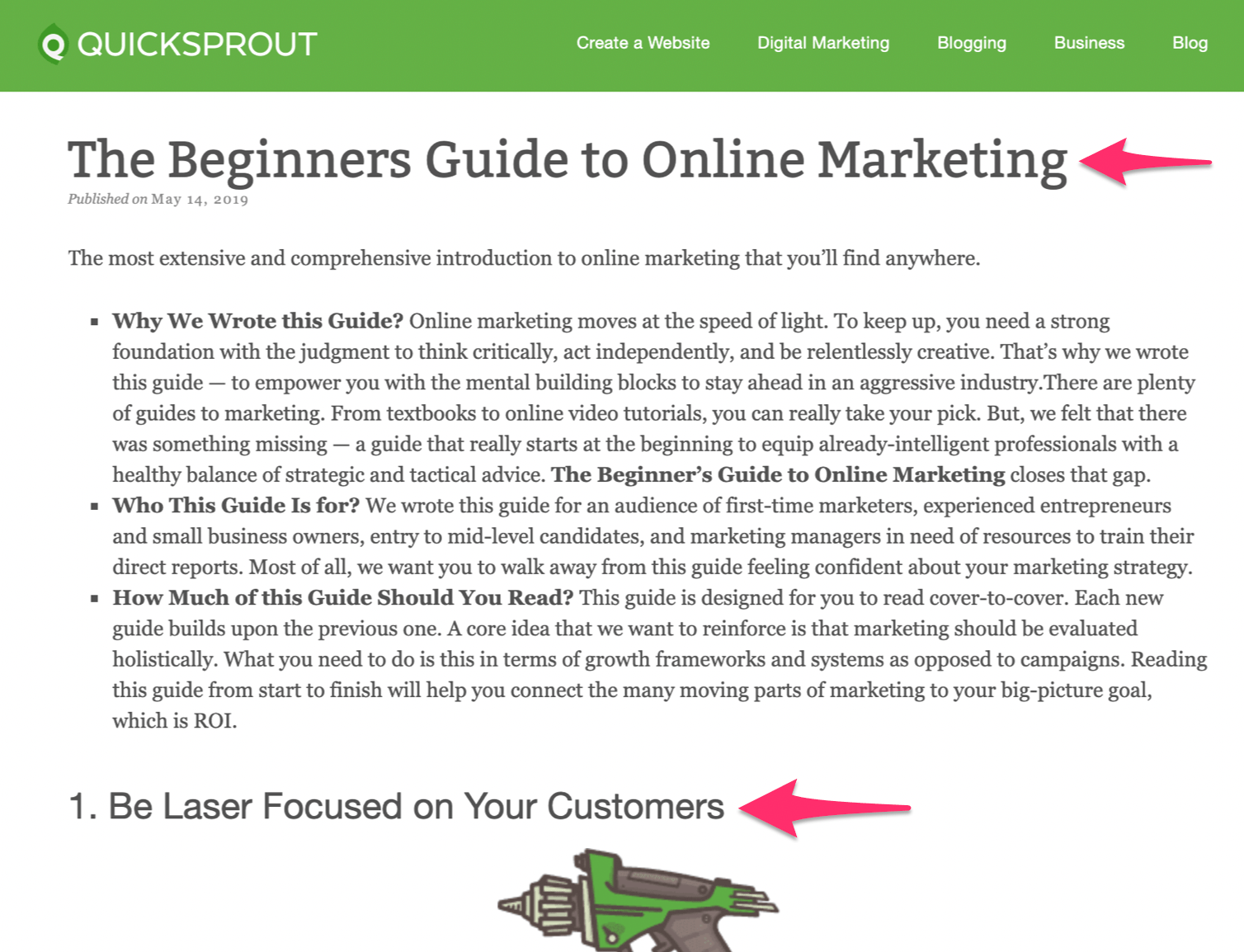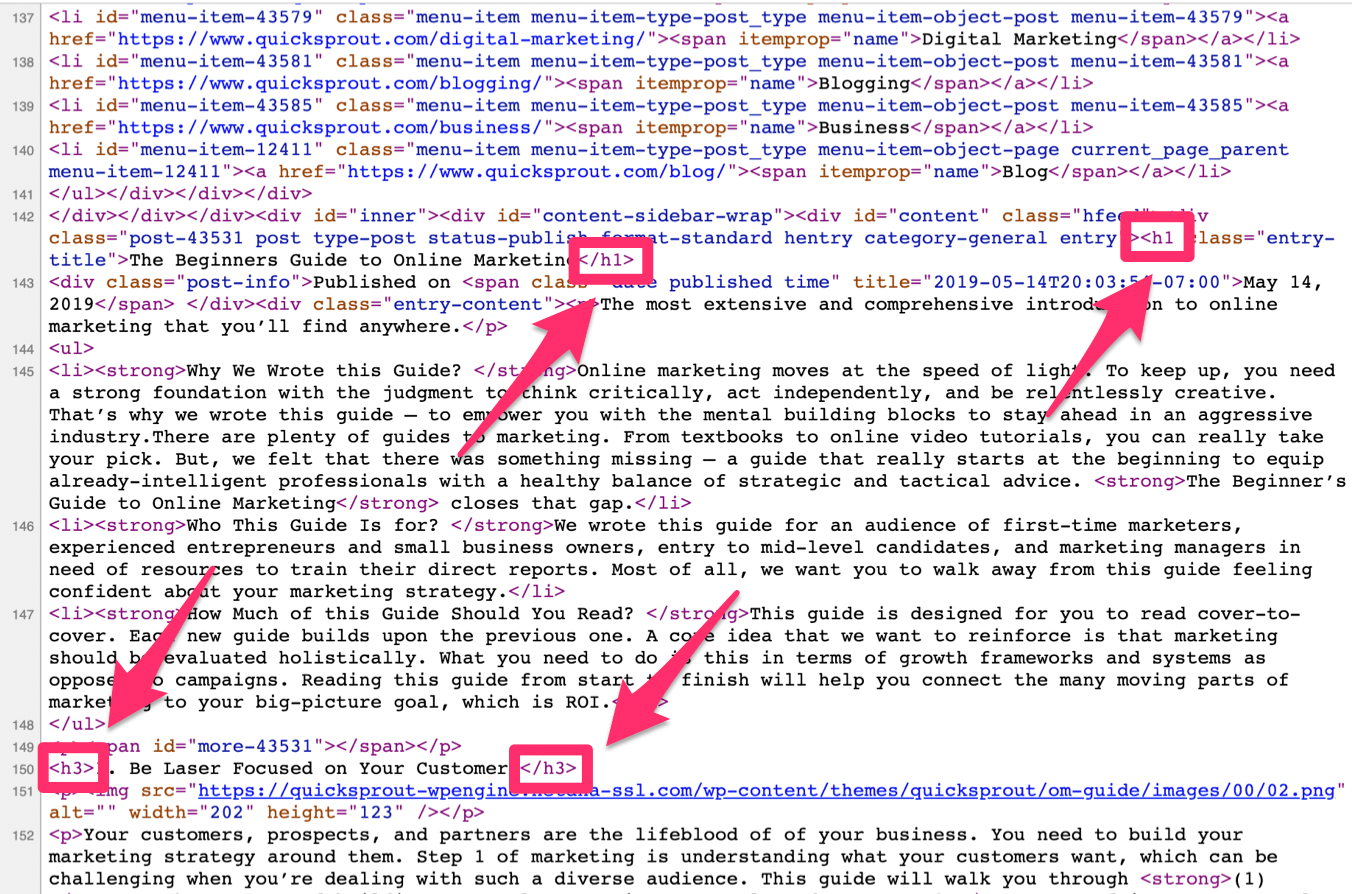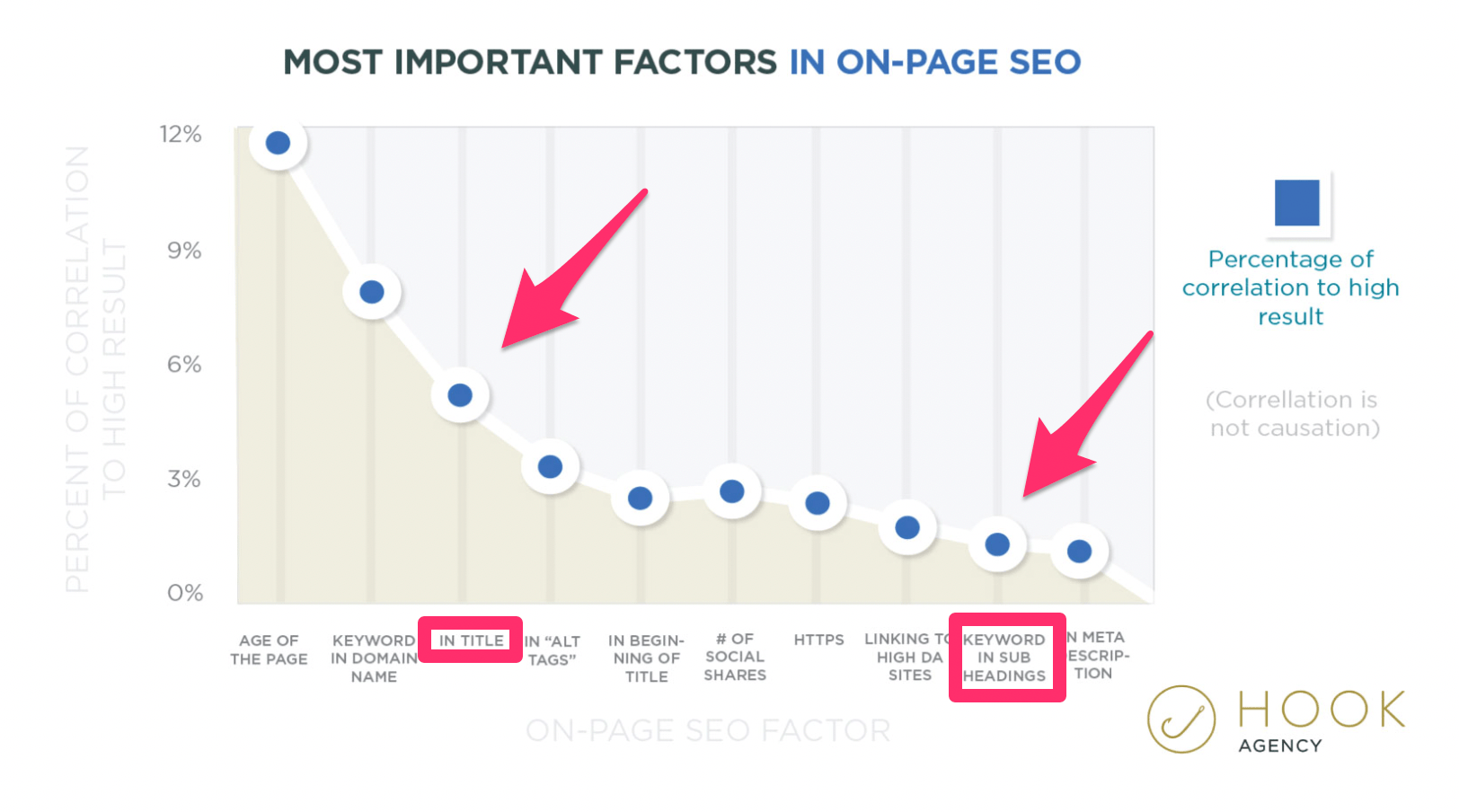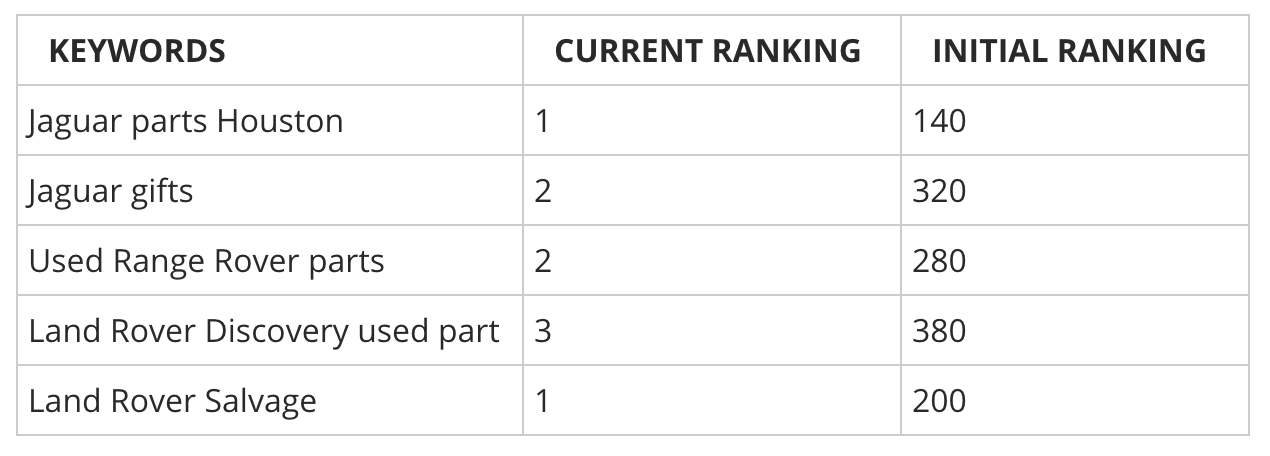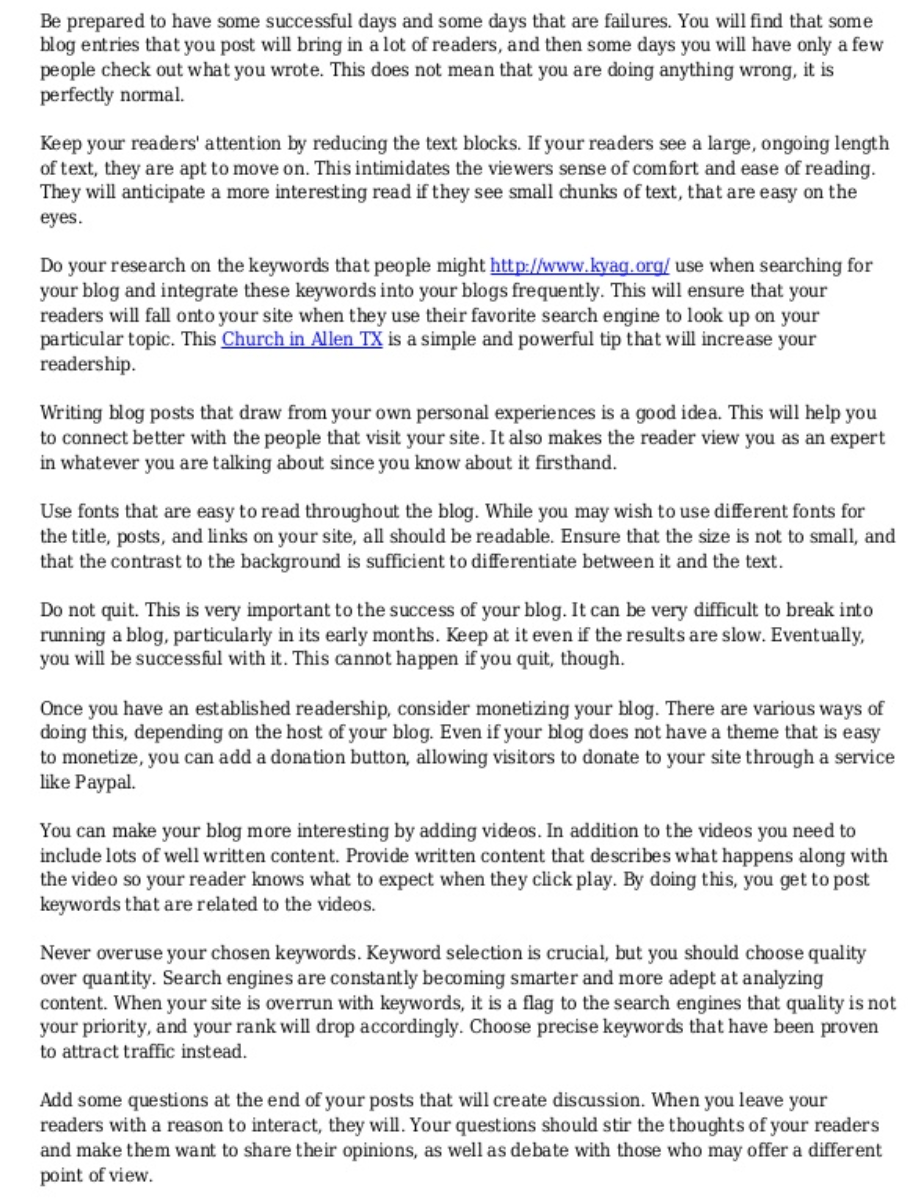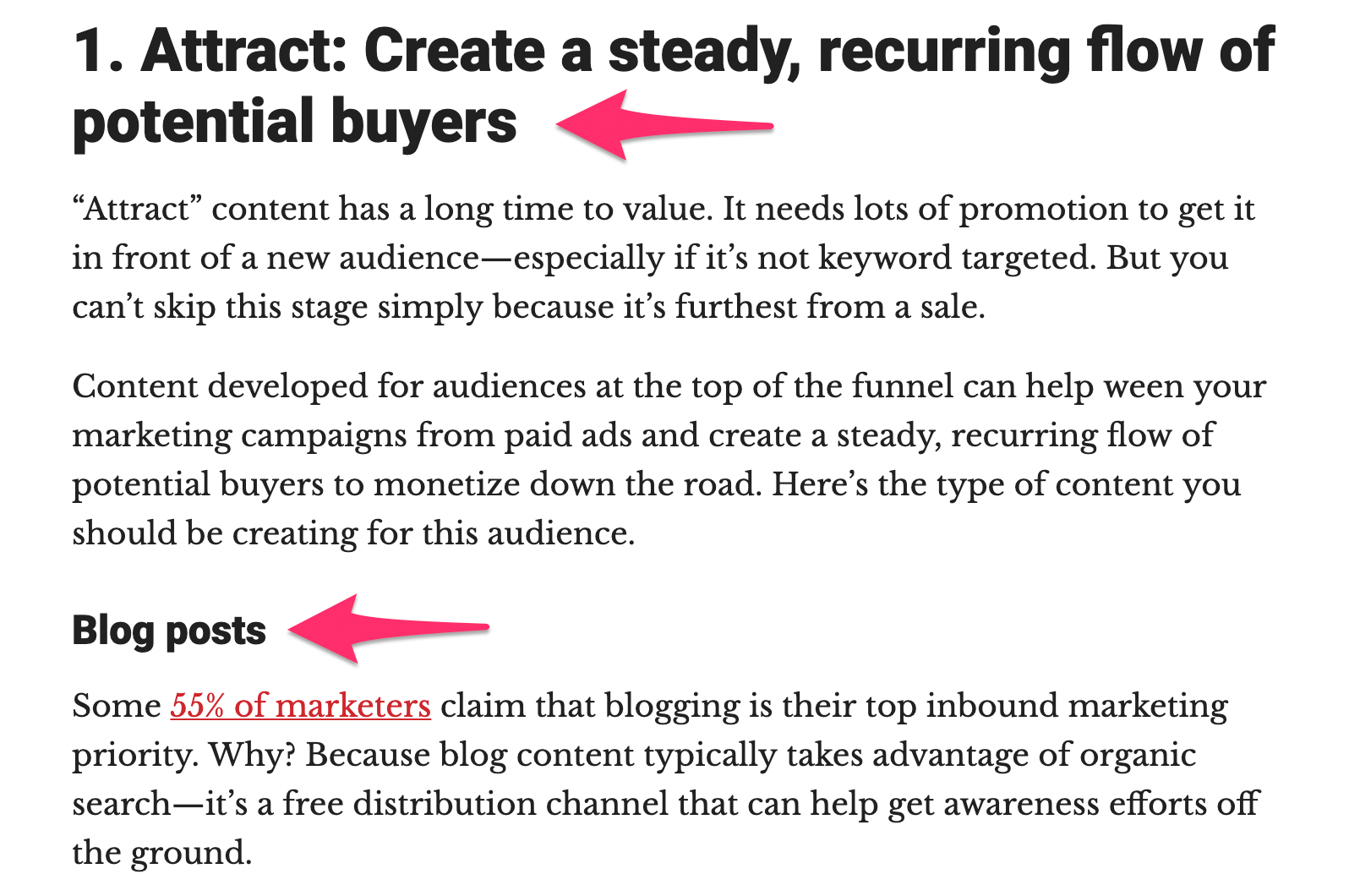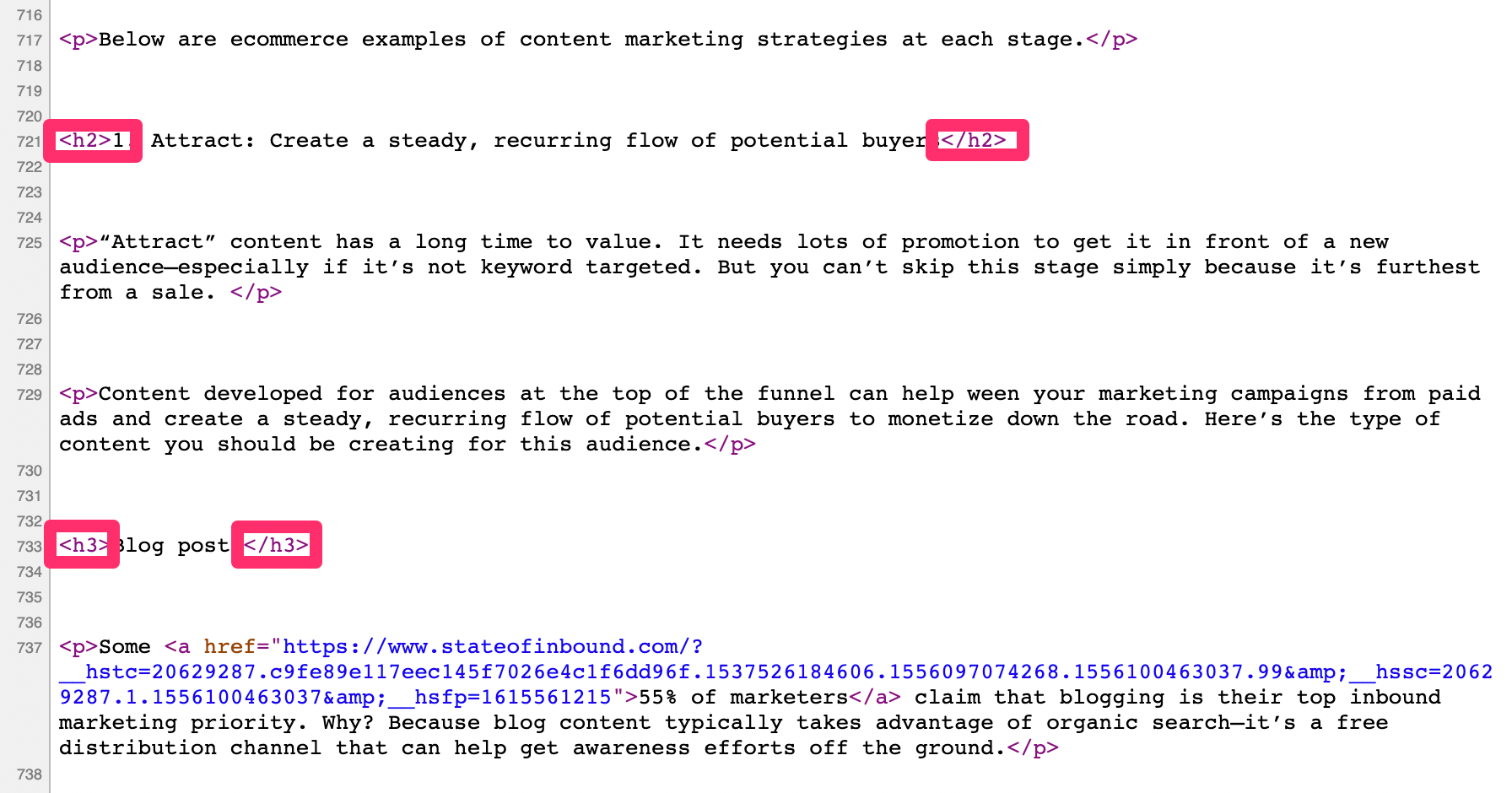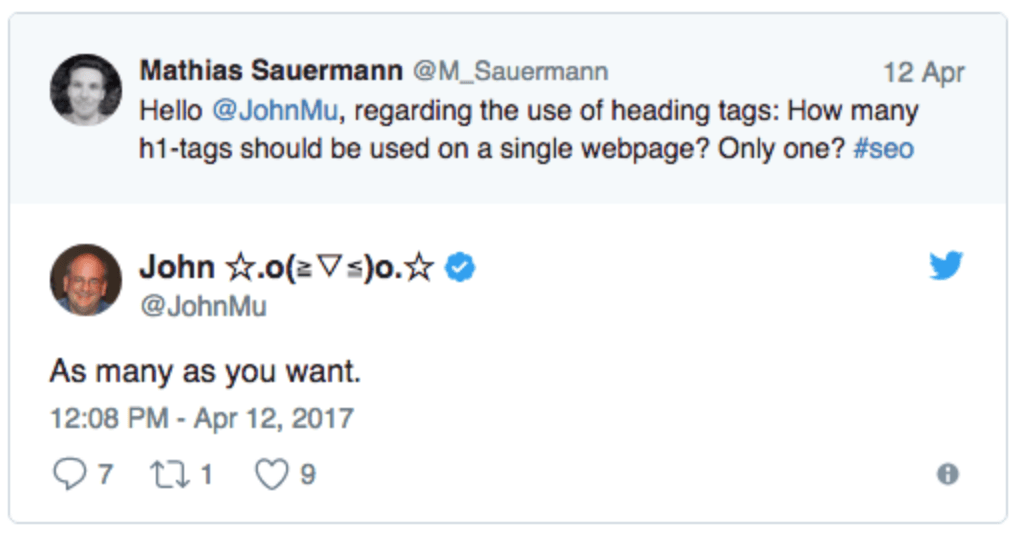What’s inside? Here are the questions answered in today’s reader mailbag, boiled down to summaries of five or fewer words. Click on the number to jump straight down to the question.
1. $250K to raise a kid?
2. Long term care?
3. $20 bill budgeting
4. Expense of laundry service
5. Backlog of unused media
6. 403(b) risky?
7. Cheap or expensive bag?
8. Thoughts on Aldi
9. Is renters insurance necessary?
10. Appliance repair or replace?
11. Saying no to parent
12. Getting value from self-improvement books
Spring usually begins with a mix of rainy days and dry days, warm days and cold days. Sometimes, it’s a warm, dry day and all I want to do is go outside. Other days are wet and cold and I want to stay in out of the rain.
The hardest part are the beautiful days when I need to stay inside and work. I want to go outside on a long, long walk through the countryside and through the woods, looking for mushrooms and enjoying the fresh air.
Spring is wonderful.
On with the questions.
Q1: $250K to raise a kid?
My husband and I are in our early thirties and were starting to think about having a couple of children in the next few years. We started to look into the costs and the most common figure we found was $250K to raise a child. That can’t even be right as there are families that raise kid that barely bring in that in total in 18 years. What is the actual cost of raising a child in your experience?
– Marion
When you see numbers like $250K, you’re seeing the total long term cost over a period of at least twenty years, and that often includes paying for college and other such large expenses. It’s also an average and includes families who are paying for things like private school.
My experience has been that the cost of raising a child is often connected directly to the financial means of the parent. You can raise a child perfectly well on a low income – my parents were never, ever very well off when I was growing up and they raised three children. My father worked in a factory (when he wasn’t laid off) and had side gigs (most notably commercial fishing) for a living and my mother was a stay-at-home mom. There wasn’t a ton of money there.
We are most certainly spending more per child on our children than my parents did on me, but the truth is that a lot of the extra expense is on optional things like a band instrument or sports fees or an extra ticket to an event that we’re going to as a family. We could not spend those things and our child would be perfectly fine.
In other words, those $250K estimates are numbers that summarize what parents are choosing to spend on children, not what they have to spend. Outside of some basic things like food, shelter, clothing, public education, and medical care, most expenses related to raising a child are very optional, and many of those required expenses can be incredibly low out of pocket.
Q2: Long term care?
Read this article:
https://www.nytimes.com/2019/05/10/health/assisted-living-costs-elderly.html
What are ordinary people supposed to do when they need long term care? The wealthy can pay for insurance or higher care, but that’s not an option for a poor person or even a middle class person. If me or my wife needed long term care I don’t know what we’d do.
– Alex
This is one of many issues that have radically changed in society during the 20th century and that we haven’t really figured out how to handle as a society.
At the start of the 20th century, people who needed this kind of care usually didn’t have the medical care necessary to continue to live. They perished. Thus, it was fairly uncommon for someone to need this kind of care for an extended period of time, and when it did occur, there were typically large families and even whole communities who stepped up to provide that care.
Today, much of that has changed. In many situations, medical advancements enable people to live through things that they would not have survived 100 years ago. This means that more people who are in a long term care situation are surviving when they previously would not have done so. At the same time, nuclear families are smaller and communities are less tight-knit, for various reasons.
The truth is that as a society, we have not figured out how to handle this yet. We haven’t figured out how to handle a lot of the advancements of the 20th century yet as a society. One only needs to look at the cruelty of many internet forums as further evidence of this.
The problem, of course, is that there is no ready-made solution. Long term care insurance is definitely one step many people can take to gain peace of mind about future situations, but it’s expensive for many. The honest truth is that many families, when faced with long term care situations, just have to deal with it moment by moment to the best of their ability. Some families struggle to provide that care at home, particularly when there’s a larger pool of family members that can help, while others go into debt. Many families rely on some form of government assistance to make it work.
If you can easily afford it, long term care insurance is a great idea. If not… well, society doesn’t have a robust solution for you. The “solutions” vary widely from situation to situation.
Q3: $20 bill budgeting
Was reading an internet forum that reminded me of how I used to budget in college. Back then, I used to have an envelope with $10 bills in it. Each month, I’d put $300 in $10s in there and each day I would take one out. Aside from rent, I had to live on that $10 each day. It paid for the bus and for food. Strategy I saw used $20 bills today which would be roughly the same.
– Mary
Let’s spell out this system a little bit.
Aside from scheduled bills like rent, electricity, and so on, a person would aim to live on $20 a day in cash. Each month, a person would withdraw $600 cash from savings in the form of 30 $20 bills and put them in an envelope somewhere secure. Each day, that person would take a $20 bill out of the envelope and put it in their pocket. They would have to live off of that $20 bill and change from the previous months.
This gives you room to splurge if you want to, but to do so would involve eating beans and rice for a while. In other words, lean days would directly help with expensive days. It would also be needed to help you make up front purchases like a bus pass, which would ease daily expenses a little going forward.
I mentioned this idea to a friend and she said that she would probably try to have days where she could get by without pulling a $20 out of the envelope and then at the end of the month there’d be some $20s left over, which she’d use for bigger goals or big expenses or emergencies. That seems like a strong idea to me.
I think this system would work very well for anyone who is trying to make ends meet on a very tight budget.
Q4: Expense of laundry service
There is a service in our town that just started that will take your laundry off of your front step and bring it back within 24 hours washed, dried, and folded. The cost is $2 per pound of clothes (rounded up to nearest pound), paid up front. I am trying to do the math on whether this makes sense or not for us.
– Amy
A typical large load of laundry weighs somewhere between 7 and 10 pounds, but that really varies depending on how much you stuff in your washer with a typical load. I actually weighed a load of laundry that I just pulled out of our dryer on a kitchen scale and it weighed about 9.5 pounds.
So, you’re paying somewhere between $15 and $20 per load of laundry to be done for you.
What is that saving you? The big savings is the time. You aren’t carrying your clothes to the washer and filling it up. You’re not moving clothes to the dryer. You’re not folding those clothes, either. That’s all done for you.
In terms of cost, the cost of a load of laundry at home, including all materials, energy, and equipment depreciation, is around $1.
So, in essence, you’re paying someone between $14 and $19 to put a load of clothes into the washer, transferring them to the dryer when done, then folding them for you when the drying is done. That’s at most half an hour of effort, and probably less than that.
Thus, unless you are very strapped for time and can extract a lot more than $30 of value per hour out of an extra freed-up hour, then this isn’t a cost-effective move. It essentially adds up to paying $15 or a little more for an extra 20 minutes or half an hour of free time.
Q5: Backlog of unused media
What are your thoughts on people who have large unused media collections and keep buying more without using what they have? Why does that happen? Is there a fix?
I noticed this myself with my collection of Kindle books recently. My son is home from college and he piped up and said that he actually has a lot of computer games unplayed as we often buy him Steam gift cards. He has a ton of computer games left unplayed yet he will often seek out new ones.
I want to be less into getting new stuff and more into using what I have.
– Mike
The reason’s actually pretty simple: buying and acquiring and getting and collecting new items for your collection scratches a much different itch than actually enjoying the items in that collection.
I have the same issue in some areas of my life (far fewer than I used to, thankfully). The feeling that acquisition and discovery gives you is much different – and I think more addictive – than the feeling that diving deep gives you. This is particularly true when you don’t have as much time as you’d like to dive deep, but that’s not the sole cause of it.
The only solution I’ve found that works is to put moratoriums on new acquisitions. Give yourself a 30 day or a 90 day challenge to simply not buy any new Kindle books. Suggest the same for your son with his Steam games. If you have the urge, ignore it or, if you must take action, put that item on a wishlist.
This does a great job of strongly curtailing that desire to acquire, but it’s a desire that can easily grow if you’re not being conscious about it. I find that doing these kinds of moratoriums regularly does a pretty good job of slowing down my collecting nature.
As for actually using those backlogs, the best thing I’ve ever done is to consciously block off time in my schedule for that kind of exploration. I block off an hour a day for reading, and that has caused my book backlog to evaporate. I block off time on many weekends to play board games and that means the games in my collection are getting much more play.
Q6: 403(b) risky?
I work at [a public university]. One of my coworkers claims that people shouldn’t put money into a 403(b) because politicians will eventually target that money for extra taxation or reclamation because it is public funds. He thinks that because we are government employees our 403(b) money will eventually get reclaimed by the government so saving in a 403(b) is a waste. Is this even possible?
– Ana
Well, anything’s possible, I suppose. However, if you’re running your life in response to what you think it’s possible that the government might do, you’re walking by a ton of opportunity.
I mean, I think it’s possible that the government might outlaw certain classes of opioids. Does that mean I should start hoarding them, just in case, even though they’re very likely to just sit in my cupboard and go bad? Of course not, and I consider new opioid restrictions to be far more likely than any changes to 403(b) taxation.
Let me put it to you this way: if the United States government starts retroactively taxing the retirement savings of a large class of citizenry in a way that invalidates the entire reason for putting money in there in the first place, we will already be in an extremely ugly situation that will get much uglier. 401(k) and 403(b) plans are already big wins for the federal government because it’s a way to pump tons and tons of money into investments – and thus helping the economy – in exchange for merely delaying taxes for a while. The government makes far more money leaving 401(k) and 403(b) plans just as they are than if they were to tinker with them in a way that would drive people away from them.
It is possible that the government would do something like that, but if they’re doing things like that, then we have much bigger fish to fry, like a rapidly devaluing dollar. In fact, most financial conspiracy theories that people use to justify weird financial choices are ones that, if they came to fruition, would be completely overshadowed by a collapsing economy and a hyperinflated dollar.
In my opinion, a 403(b) is about as safe as you can get, and the risks you are taking by having one are overshadowed by the risk of having your money in the form of American dollars, and I don’t consider that much of a risk either. The only realistic change I can see to a 403(b) is that they might change how the program works in the future, and that would probably involve sunsetting the current 403(b) program and letting the current accounts continue to exist without further contributions while introducing some form of replacement account. They absolutely would not want to risk any mass withdrawals from 403(b) plans – if they abruptly taxed them, Wall Street would lay an egg and the value of the dollar would plummet. The government will bend over backwards to avoid that, not encourage it.
Q7: Cheap or expensive bag?
I need a messenger bag or backpack for work. I have been looking at the options and it seems like you can either get a cheap one for like $20 that will last for a year maybe before the straps start breaking or you can get one for like $200 that will last for several years – maybe five or ten, maybe twenty.
Cheap bag does the job now for only $20 but I will be replacing it before long if I use it every day. Expensive bag will do it practically for life but it’s really expensive right now and I have a hard time justifying spending $200 on a bag.
I know you lean toward buying things for life and I can see that the long term cost might be lower with the expensive bag, but I can’t justify $200 on a bag right now.
– Duane
To me, the deciding factor in these situations is the cost of failure. What exactly happens when a bag fails on you?
In my own experience, that’s usually the moment when it’s time to get a new bag – the old one failed in some way. A strap breaks or the bottom rips out or something like that.
What’s the consequences of that kind of failure? What happens if you’re actively using your bag and suddenly a strap breaks on your or the bottom rips out?
If the consequences aren’t too disastrous, that’s a mark toward a cheaper bag. If the consequences are dire, that’s a mark toward a more expensive bag.
Personally, one of the things I strongly consider when buying an item is the consequence of failure. If it causes a potentially major career or life hardship or an enormous mess, I’m going to get the reliable version. If it’s something small, like an overcooked or undercooked meal, the cheaper version seems much more acceptable to me.
For me, this was what drew me to getting a “buy it for life” kind of bag for daily use.
Q8: Thoughts on Aldi
Aldi just opened up in my community. We shopped there and thought it was okay and that the prices were great but there were weird little annoyances with layout and selection and the carts. Then I saw on CNN about how Aldi is expanding fast. What are your thoughts on Aldi? Good place to shop?
– Alice
I’m guessing that this is the CNN story that Alice is referring to.
That article describes it well: they strip down the shopping experience as much as possible to make the prices low. What I’ve found is that it means that their selection is kind of limited and some of their items aren’t particularly healthy, but their prices on what they do have are amazing.
There are two different Aldi stores within about fifteen minutes of my house. Aldi is probably the cheapest grocer available to me, though Fareway isn’t too far behind them and has a somewhat better selection.
I basically find that the cheaper a grocery store’s prices are, the weaker the selection is and the more bare-bones the shopping experience is. I generally don’t mind the bare-bones shopping experience, but I do find that it restricts what I can cook if I only use Aldi (or, to a much lesser extent, Fareway). I find that if I shop at Aldi, I usually have to make a second stop for some items; occasionally, I have to do the same with Fareway, but not too often. Other grocers, like Hy-Vee, will have everything I need, but the prices are higher.
Thus, it comes down to a convenience thing and a meal planning thing. If I plan very simple meals, I can get everything I need at Aldi, but our meals aren’t very… varied. They’re certainly cheap, but not varied. If I add more variety, I either need to make multiple stops when grocery shopping, adding significant time to my shopping trip, or shop at Fareway or even Hy-Vee.
Honestly, I still mostly shop at Fareway. The prices are very good and they generally have almost everything I need. Aldi is lower on the items that overlap with Fareway, but I usually don’t have to make a second stop if I shop at Fareway, it’s closer to my home, and the prices aren’t really that different for a typical week’s grocery list.
Aldi is great if your list is entirely common food staples, and I do shop there sometimes.
Q9: Is renters insurance necessary?
Is it always necessary to get renters insurance? Just moved out from parents and my apartment has a bunch of Goodwill stuff and family hand me downs. If it’s gone I don’t lose much.
– Matt
First of all, it’s very possible that your landlord requires you to have some sort of renters insurance policy. You’ll need to look carefully at your lease; if you don’t have it, you might be in violation of your lease. Many leases require the renter to have a $100,000 (or more) liability policy.
Honestly, the big reason that many first time renters need renters insurance is for the liability coverage. If you accidentally burn down the building and it’s clear you’re at fault, the landlord’s insurance may cover some of it, but you also have a legal liability too. If you don’t have insurance, that can be a huge problem.
Renters insurance is pretty cheap, though. You can get a policy that includes $30,000 in property coverage (covering your stuff in event of theft or disaster) and $100,000 in liability for around $15 a month.
I think it’s a good idea, even for people without much stuff, to get this kind of insurance if they’re renting, just because the cost is so low compared to the downside.
Q10: Appliance repair or replace?
Our washing machine has broken down twice in the last six months. A family friend has fixed it both times but he says that to really fix the problem will cost about $200 in parts and that we should get someone else to fix it as he’s more of a “handyman.” Time to replace?
– Noelle
Absolutely. I don’t even hesitate to say yes to this. When a repair bill is going to be a large portion of the cost of replacing an older item, it’s time to replace the item, as there are likely other points of failure coming in the future.
There are exceptions to this, of course. If you are familiar with repairing the item yourself or have an interest in figuring it out, then you should by all means give it a shot. If you can find the parts for cheap and want to tackle the repair on your own, maybe with the help of that friend, then it’s probably worth it. My guess is, given the price, that electronic components are involved, but the actual procedure shouldn’t be too difficult.
However, that’s not something that necessarily appeals to everyone or works with everyone’s life. In that situation, I think a replacement is very justified. The nice part is that your current washer should last long enough to allow you to shop around.
Q11: Saying no to parent
I’m 31 years old and single. My father passed away about six years ago. My mom didn’t handle it well and has become an alcoholic and possibly a drug user. She comes to me and my brother regularly to “borrow” money. She does manage to keep her job at a grocery store that she’s had since I was a kid but I have heard that the manager keeps her on out of loyalty and she shows up to work drunk sometimes. She was so wonderful raising me and to see her like this tears me apart but I don’t know how to say no when she asks. She asks frequently enough that it does put some financial strain on my situation, though I am still making progress on my student loans. Do you have any advice for me?
– Megan
If I were you, the absolute first step I would take is to find an Al-Anon group for you. The purpose of Al-Anon is to support people in your exact situation, those that have loved ones with alcohol abuse issues.
It sounds like your mother is a good person who was broken in some way by the death of your father and she doesn’t know what to do so she uses alcohol to self-medicate, and that is causing difficulties in your own life. Al-Anon can help you deal with things on your own end and perhaps help you figure out how to help your mother.
There will probably come a point where you will have to tell her “no,” but I can’t really offer specific advice on that because I don’t know the specific situation. I can simply recommend Al-Anon as a great next step.
Q12: Getting value from self-improvement books
A lot of times when I read a book about personal finance or getting organized, the ideas make a lot of sense but then I close the cover and none of it seems to matter or take hold in my life and before long I’ve forgotten everything other than a few main points. Do you have any tips for making personal finance books or organizing books more “sticky” in my head?
– Mary
There are two key elements that I think make the difference for me.
The first is that I take a lot of notes as I’m reading it. If it’s on the Kindle or a copy I don’t mind abusing, I’ll do a ton of highlighting as I go. If it’s a library book, I’ll put in bookmarks as I go. Then, when I’m done, I wait a few days, then go back through the highlights and take actual handwritten notes on the book. This impresses the ideas into my mind.
The other part is that, from those notes, if I have positive thoughts about the book at all, I try to put some of those notes into practice immediately. I usually do a thirty day challenge with some of the suggestions in the book, meaning I try to apply them as well as I can for thirty days in my life. If it seems like the trial run will actually be a net positive change, I’ll keep going with it, doing a ninety day challenge with perhaps some revisions. The goal here is to try to set those changes as a habit in my life.
Rolling back a bit, I find that I’m more successful with this kind of change if I’m already strongly interested in the type of change that the book is targeting before I ever start reading it. If it’s not a change that’s compelling to you, it’s probably not worth your time to read a book on any self-improvement topic.
Got any questions? The best way to ask is to follow me on Facebook and ask questions directly there. I’ll attempt to answer them in a future mailbag (which, by way of full disclosure, may also get re-posted on other websites that pick up my blog). However, I do receive many, many questions per week, so I may not necessarily be able to answer yours.
The post Questions About Child Rearing Costs, Laundry Services, Unused Media, Aldi, and More! appeared first on The Simple Dollar.

Source The Simple Dollar http://bit.ly/30ys7dZ
